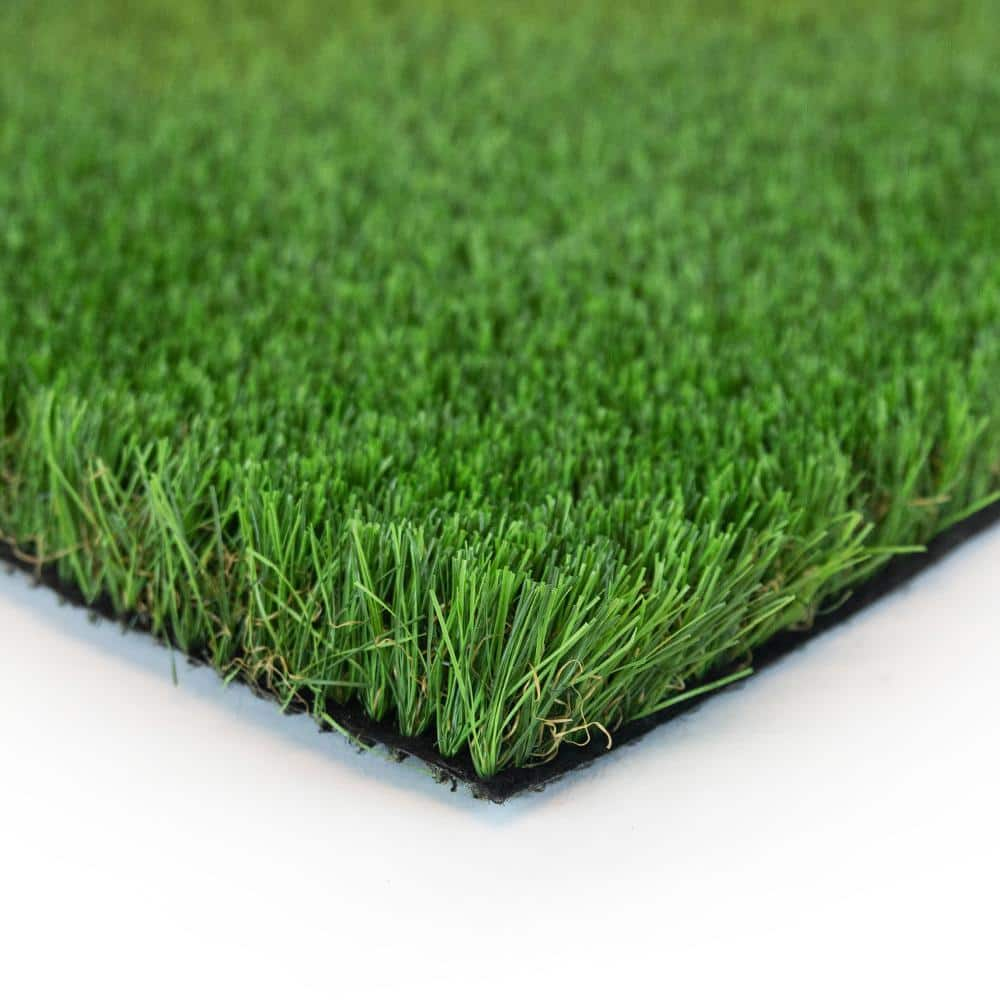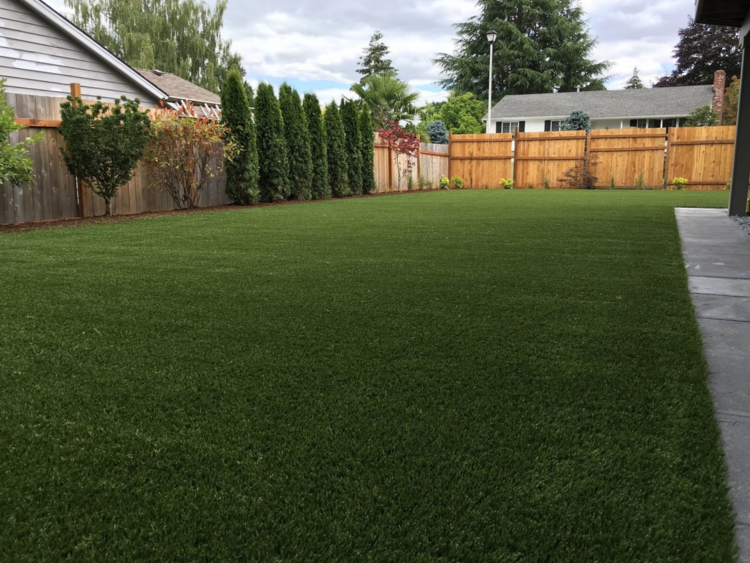Professional Arizona Turf Suppliers Ensuring a Realistic Lawn Option
Professional Arizona Turf Suppliers Ensuring a Realistic Lawn Option
Blog Article
Explore the Environmental Perks of Opting for Artificial Grass Solutions
The adoption of synthetic grass services offers an engaging possibility to address pressing ecological obstacles. By significantly reducing water usage and reducing the application of unsafe chemicals, these choices not just promote sustainable landscape design but likewise safeguard neighborhood communities. The reduced carbon impact linked with reduced maintenance activities contributes to a much more sustainable technique to land monitoring. The ramifications of these advantages extend past mere conservation initiatives, raising concerns about their long-term effect on habitat conservation and general eco-friendly balance. Checking out these dimensions exposes an intricate interaction worth taking into consideration.
Water Preservation Benefits
Among the most significant advantages of synthetic grass is its capability to conserve water. Traditional yard yards require substantial irrigation, particularly in areas prone to drought or water limitations. On the other hand, synthetic grass does not need watering, significantly lowering the total need for water sources. This function is especially beneficial in dry regions where water deficiency is a pushing issue.
By eliminating the demand for routine watering, artificial grass adds to sustainable landscape practices and aids minimize the ecological effect of too much water usage. The conservation of water prolongs to the decrease of drainage, which can lead to soil erosion and waterway contamination.
In addition, the installment of man-made grass allows towns and homeowners to allot water sources more efficiently, concentrating on necessary usages such as drinking water and agriculture. The shift in the direction of man-made grass not only promotes responsible water use however likewise lines up with wider environmental goals aimed at protecting natural deposits.
As neighborhoods progressively prioritize sustainability, the water conservation benefits of artificial turf provide an engaging situation for its adoption in business and property landscaping projects.
Minimized Chemical Use
The shift to synthetic grass dramatically lowers the reliance on chemical therapies commonly made use of in all-natural yard upkeep. Typical lawn management usually entails the application of pesticides, herbicides, and fertilizers to advertise development and control insects. These chemicals can position threats to human wellness, regional wildlife, and the setting, adding to soil and water contamination.
In comparison, fabricated grass removes the requirement for these dangerous compounds. As soon as mounted, it calls for minimal maintenance, primarily containing normal cleaning and occasional infill replenishment. This decrease in chemical usage not just profits the immediate atmosphere yet likewise contributes to broader eco-friendly stability. By reducing the release of artificial compounds right into the environment, synthetic grass advertises much healthier dirt and water systems.
Furthermore, the absence of chemical overflow related to man-made turf installations helps protect neighborhood waterways from pollution, supporting marine life and maintaining biodiversity. Artificial turf companies phoenix. As neighborhoods increasingly prioritize sustainable practices, going with artificial grass provides a practical service that aligns with ecological preservation goals. Via this shift, homeowner can enjoy lush green spaces without endangering eco-friendly health, leading the way for an extra sustainable future
Reduced Carbon Footprint

In addition, the setup of synthetic grass can cause significant water conservation. All-natural grass require substantial amounts of water for irrigation, which not only includes in the carbon impact connected with water removal and treatment however additionally strains regional water resources. In comparison, man-made lawn needs minimal maintenance, calling for no watering, thereby dramatically reducing water usage and its connected power prices.
In addition, the longevity of man-made lawn adds to its reduced carbon impact. With a life-span of as much as 15 years or even more, the demand for constant replacements company website is decreased, leading to less waste and lower energy usage in manufacturing and disposing of standard grass options. On the whole, fabricated turf presents a sustainable alternative for ecologically conscious landscaping.
Environment Preservation
Habitat preservation is a crucial factor to consider in the dispute over landscaping options, particularly when comparing man-made grass to natural yard. All-natural grass yards often need extensive upkeep, consisting of using pesticides, plant foods, and see it here herbicides, which can detrimentally influence local ecosystems. These chemicals can seep right into the soil and rivers, hurting indigenous plants and fauna and interfering with local environments.
Fabricated lawn eliminates the need for damaging chemicals, therefore safeguarding nearby wild animals and keeping the integrity of surrounding environments. The setup of synthetic turf can lead to the conversion of former turf locations right into more biodiverse landscapes, such as pollinator yards or indigenous plant locations, which can support local wildlife.
Eventually, the shift to synthetic grass not only saves water and minimizes upkeep efforts yet likewise cultivates a much more unified connection in between human tasks and the natural surroundings, promoting habitat preservation at the same time.
Long-Term Sustainability
Long-term sustainability is a crucial factor in examining the advantages of fabricated grass over typical lawn lawns. One of the most substantial advantages of synthetic grass is its resilience; it can last as much as 15-20 years with very little upkeep, whereas all-natural grass requires constant reseeding and substitute. This longevity lowers the requirement for consistent sources, such as water, fertilizers, and chemicals, which are crucial for keeping a healthy yard yard.
In addition, synthetic grass adds to a decrease here are the findings in carbon discharges connected with grass care devices. Traditional yards typically call for gas-powered mowers, trimmers, and blowers, every one of which contribute to air pollution. Arizona artificial turf. In contrast, synthetic grass removes the need for such devices, advertising a cleaner setting
Moreover, the production of synthetic grass progressively makes use of recycled materials, enhancing its sustainability profile. As manufacturers take on environment-friendly techniques, the ecological impact of synthetic lawn proceeds to diminish.

Final Thought
The fostering of artificial turf services provides considerable ecological benefits, including significant water conservation, decreased reliance on dangerous chemicals, and a reduced carbon impact. Fabricated turf aids in preserving all-natural environments by reducing land disturbance and promoting long-term sustainability via the use of resilient products. Jointly, these aspects underscore the possibility of synthetic grass to contribute favorably to environmental health and provide a feasible alternative to typical landscape design practices in a progressively resource-conscious world.
In comparison, man-made turf does not need watering, substantially reducing the general demand for water sources. By lessening the release of artificial substances into the ecosystem, man-made lawn promotes much healthier soil and water systems.
In addition, the setup of man-made turf can result in significant water conservation. In comparison, fabricated turf needs marginal maintenance, needing no watering, therefore significantly minimizing water use and its associated power expenses.

Report this page